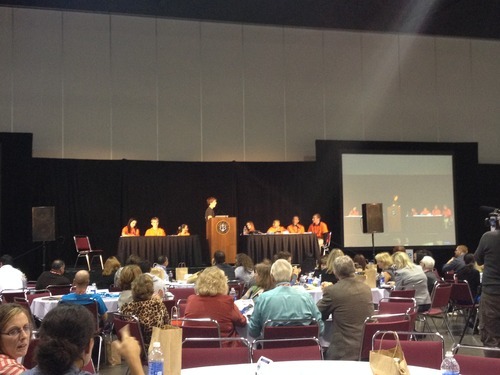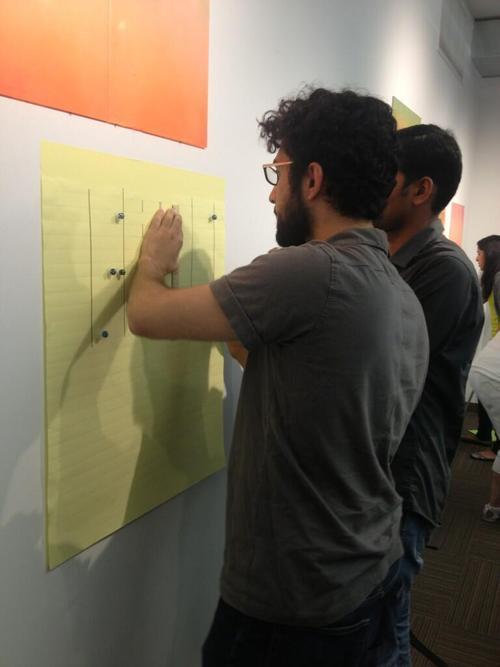“Do not train a child to learn by force or harshness; but direct them to it by what amuses their minds, so that you may be better able to discover with accuracy the peculiar bent of the genius of each.” – Plato
Is there a better sight in the classroom than thirty students at the edge of their seats during first period, digging into real data, engaged in conversations with their peers around a topic that lights a fire to their competitive spirit and captures their imaginations? Last week, we witnessed such a scene in a high school class in Brooklyn. Students, with the SAT exams fresh on their minds, dove deep into the 2012 Critical Reading, Writing, and Math SAT Scores of 32 high schools in Brooklyn. Talk about some friendly inter-borough competition on Tuva!
By creating scatter and parallel box plot of the SAT scores, they analyzed if students consistently performed better on a particular exam (the median and interquartile range of the scores), explored correlations between the three SAT exams (“Is there a strong correlation in performance on the Writing exam vs. the Critical Reading exam?”), and examined the outlier schools (“What might they be doing differently to be an outlier?”).
We want to thanks their tremendously talented and inspiring teacher, Ms.Terry to make this activity happen. It was a fantastic experience, and it seems that the word regarding this activity spread around Brooklyn very quickly. Technically Brooklyn, a fantastic digital news media site covering Brooklyn, picked up on this lesson and wrote a story about it!
You can read their coverage here: http://technical.ly/brooklyn/2013/11/12/tuva-labs-sats-data/
Want to check out some of the students’ work? Here you go:
Student 1: http://tuva.la/1bJsSCI
Student 2: http://tuva.la/1gYlBmp
Student 3: http://tuva.la/1jgDREy
Check out all of the students’ work here.
Our mission at Tuva is to empower your students to learn, share, and discover through exploration and analysis of data around their favorite topics. As their teacher, we would love to collaborate with you to bring similar experiences to your classroom. Let’s get started!


